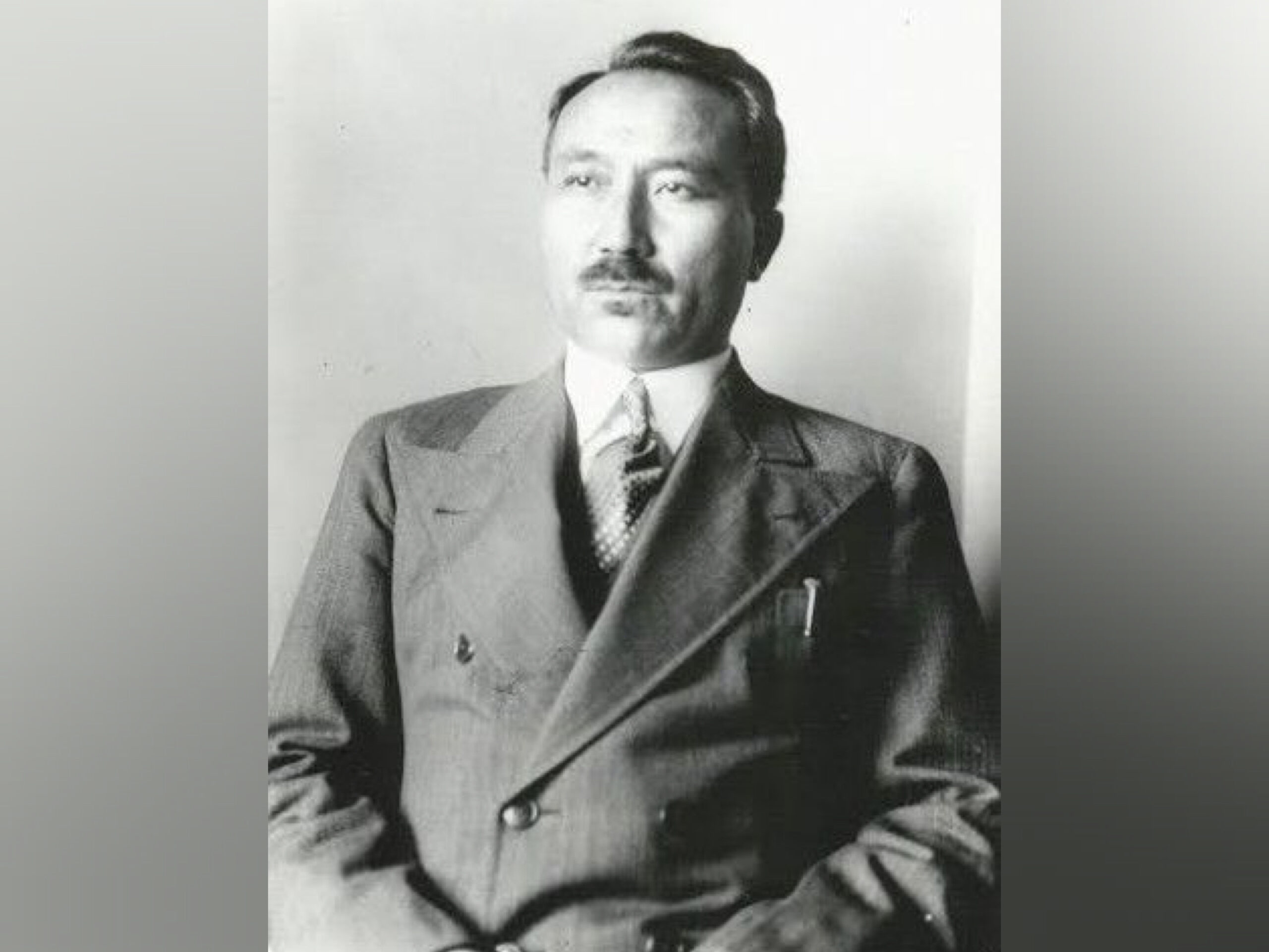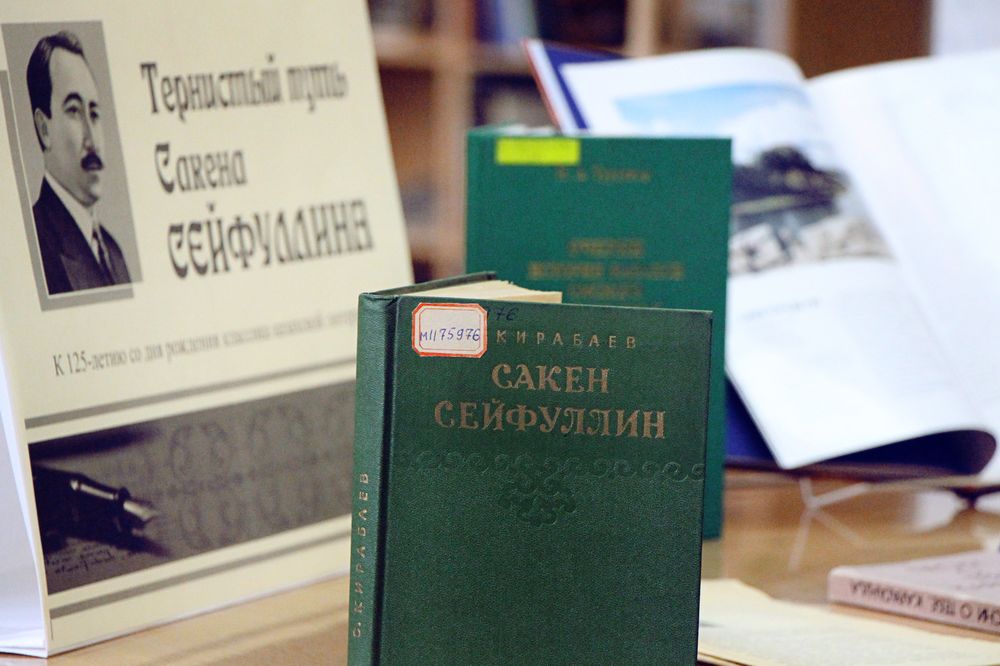ASTANA – In October, Kazakhstan marked the 130th anniversary of Saken Seifullin, an iconic poet and writer who profoundly impacted Kazakh literature and played a prominent role in politics, advocating for mass education and social progress. His literary legacy focused on the upheaval of Kazakh society and the revolutionary changes he witnessed firsthand.

Saken Seifullin. Photo credit: kazgazeta.kz
Seifullin was born on Oct. 15, 1894, in the village of Nildy, located in the present-day Karagandy Region. Education was central to his life and activism from a young age. In 1908, he moved to Akmola (now Astana), where he pursued studies in various fields until 1913, all while teaching Russian to Kazakhs and Tatars in the local madrasah (Islamic educational institution).
Educationist at core
Seifullin was an active educationist with a larger-than-life aim to spread education among the masses, strongly believing in its transformative nature.
Feeling the need to teach people, Seifullin entered the teacher’s seminary in Omsk in 1913.
At 20, Seifullin became a co-leader of the first Omsk youth organization, Birlik (Unity), engaging in cultural and educational activities among his fellows. He believed that teaching served as the gateway through which young individuals not only immersed themselves in culture but also reshaped it, evolving into independent thinkers.

Madrasah, where Seifullin starts his teaching career. Photo credit: iie.kz
Upon returning to Akmola in 1917, Seifullin began his role as a youth leader and was elected chairman of the Akmola Kazakh Committee. That same year, he founded the Zhas Kazakh (Young Kazakh) socio-political youth organization. Alongside these roles, he contributed articles and assisted in publishing the Bolshevik newspaper called Tirshilik (Life). By the end of 1917, with Soviet authority established, Seifullin was elected to the Council of Deputies and appointed People’s Commissar of Education.
In 1922, at just 28 years old, Seifullin was appointed chairman of the Council of People’s Commissars of the Kazakh Soviet Socialist Republic, then the highest governing body in the region.
This role was instrumental for Seifullin, who wanted to restore the historical identity of the Kazakh people and promote the Kazakh language. He was a vocal advocate for recognizing Kazakh as the state language and was instrumental in replacing the misnomer “Kirgiz” with the rightful term “Kazakh.”
Seifullin supported Kazakh youth throughout his political career by opening schools, libraries and cultural clubs. He founded the Union of Writers of Kazakhstan and acted as an editor in Adebiet Maidany (Literature Front) and Yenbekshi Kazakh (Working Kazakh) newspapers, where he contributed theoretical literary articles.
Poems and novels: Seifullin’s political life on pages
His political career allowed one sphere of life to enrich the other – poetry and writing. His deep involvement in political life later inspired one of his most renowned novels – “A Thorny Path,” which сhronicles the struggle of Kazakh people during a chain of revolutionary events of 1916-1917.
In the novel, Seifullin delves into the complex interplay between the lives of the White movement leaders (confederation of anti-communist forces) such as Kolchak and Annenkov, and the faith, endurance and perseverance of Bolshevik figures like Katchenko, Bachok and Nurkin.

His deep involvement in political life later inspired one of his most renowned novels – “A Thorny Path,” which сhronicles the struggle of Kazakh people during a chain of revolutionary events of 1916-1917. Photo credit: omsklib.ru
The novel provides a comprehensive portrayal of Kazakhstan’s political and social landscape on the brink of the revolution and during the early years of Soviet rule, exploring the nation’s trajectory, progress and diverse forces shaping its evolution.
Seifullin’s appeal to poetry was equally impactful.
His poem “Kokshetau” is perhaps one of Seifullin’s most intricate works, describing the beauty of the Burabai area. The poem was published in 1929 and based on Kazakh folk tales and legends.
In this poem, Seifullin celebrates the picturesque landscapes of Kokshetau, linking them to the history of the working people and their fight for a better future. He highlights the contradictions within the patriarchal feudal society and condemns Abylai Khan’s raids on peaceful Kazakh villages.
Seifullin became one of the many victims of mass Stalinist repressions targeting the intelligentsia in the late 1930s. Arrested in 1938 on charges of being a “bourgeois nationalist,” he was executed in February of that year in Almaty. Seifullin was posthumously rehabilitated in 1957.
Seifullin’s museum in Astana
Astana is home to a dedicated museum honoring Seifullin, located at 20 Auezov Street. Visiting this museum offers a window into Seifullin’s world of writing, poetry and public service.

Seifullin’s museum in Astana. Photo credit: astana.citypass.kz
Spanning seven halls, the museum displays rare photos, archive documents, paintings and personal belongings of the poet. A highlight is Seifullin’s bedroom and cabinet, which were recreated piece by piece by the museum.
In one corner, visitors can see his personal items, such as the 1930s suitcases and his son Ayan’s blanket; in another, his brother Majit Seifullin’s dombra (a traditional Kazakh instrument). The room also features the bed he bought in Tashkent in 1926, the year he married his second wife, Gulbahram. There are also halls dedicated to Seifullin’s state, pedagogical and literary activities.
Seifullin’s legacy in the museum owes much to Gulbahram, who meticulously preserved his belongings and documents.
The museum building itself holds significant historical value for the city. It was constructed in 1846 by Akmola merchant Kazantsev, serving as a record-keeping office for purchased goods. In 1920, it became the editorial office where Seifullin worked. It was officially opened as a museum in 1988.


